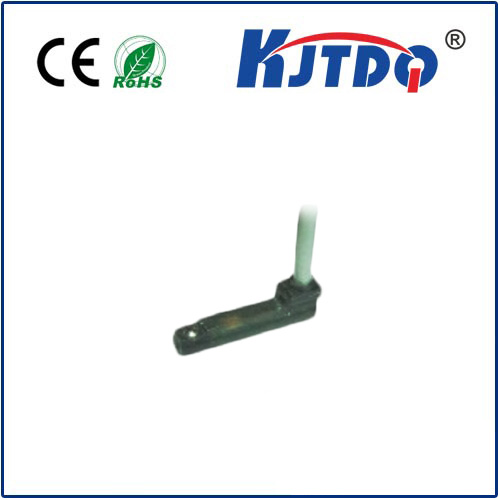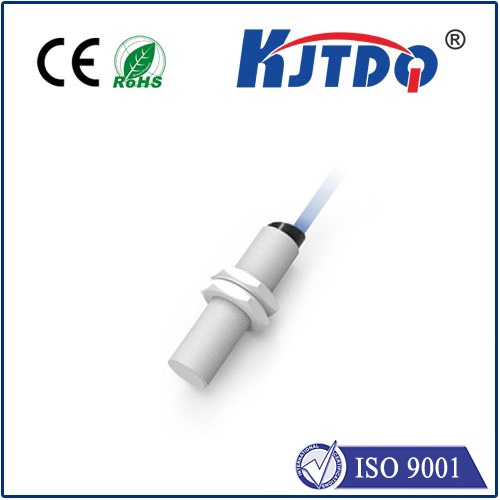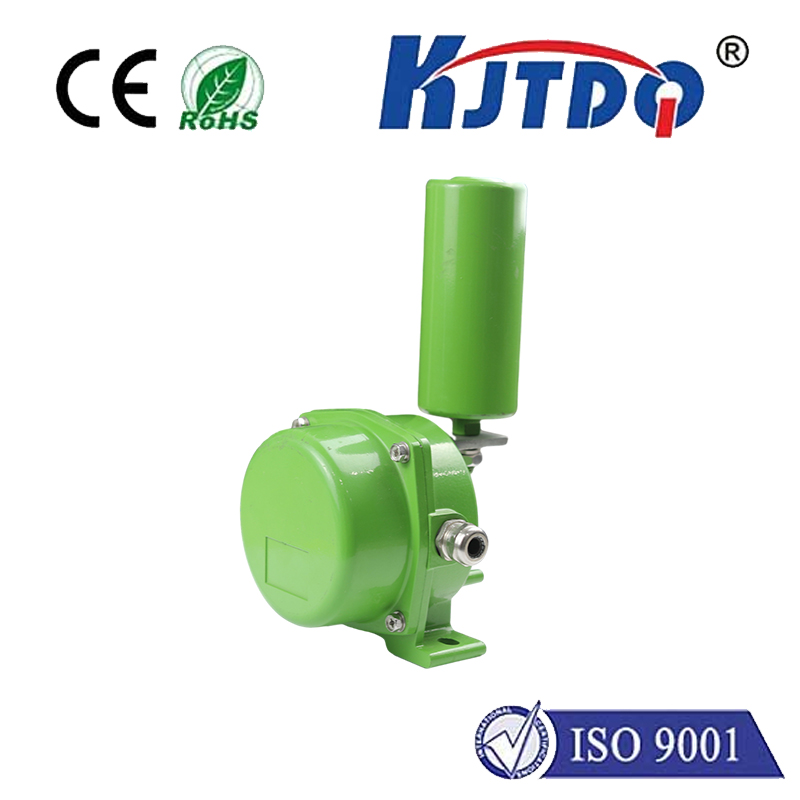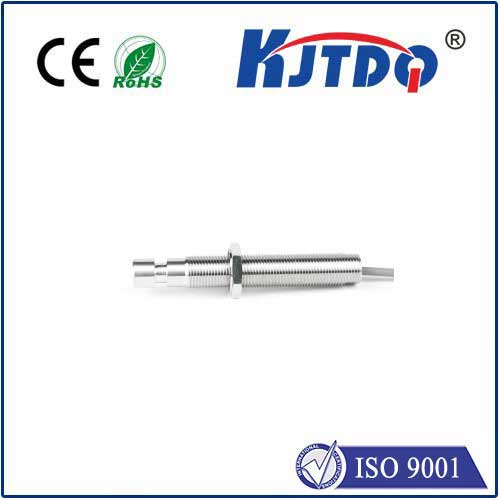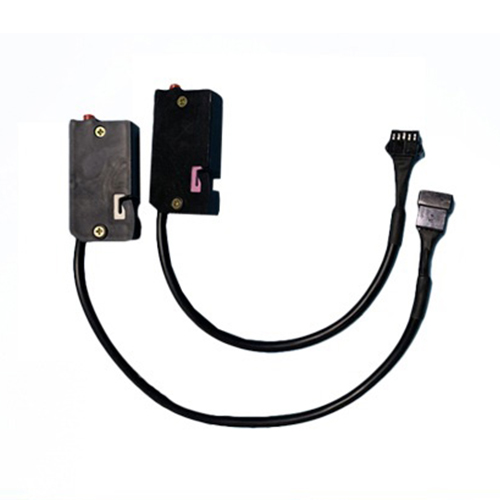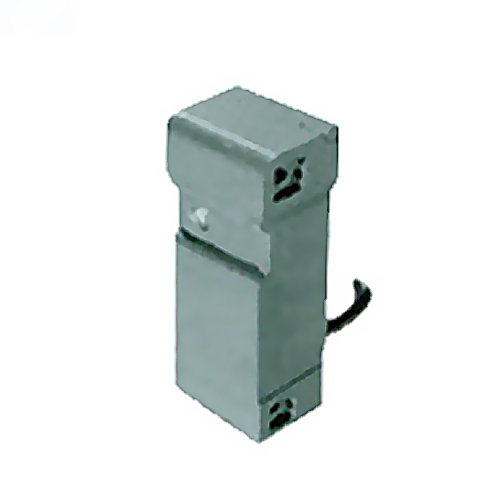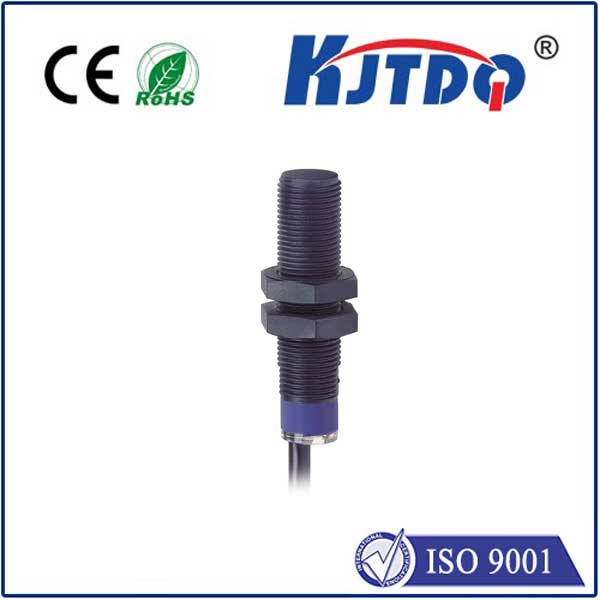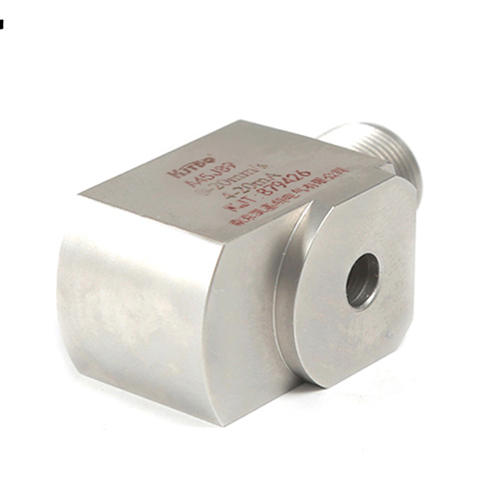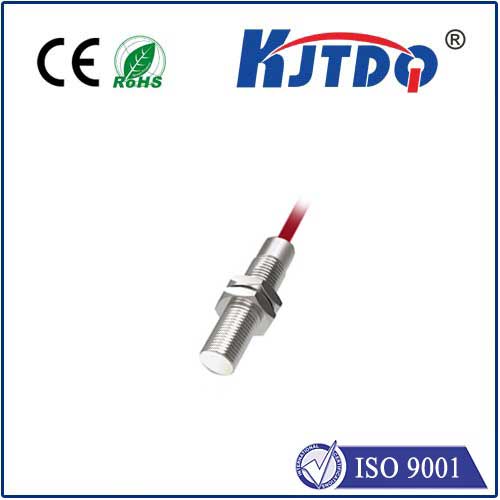

check

check

check

check

check

check

check

check

check

check
Exploring the Essential Role of Heat Limit Switches in Industrial Applications
The heat limit switch is a critical component in various industrial settings, ensuring safety and optimal performance. This article delves into the importance of this device and its applications across different sectors.
Understanding the Basics: What is a Heat Limit Switch?
A heat limit switch is an electrical switch designed to monitor temperature levels. It is typically used to prevent equipment from overheating by shutting off or reducing power when a preset temperature threshold is reached. These switches are indispensable for maintaining operational efficiency and preventing potential thermal hazards.
Protection and Safety: The Primary Function
One of the main roles of a heat limit switch is to serve as a safety mechanism. By automatically disconnecting power when temperatures become too high, it protects both machinery and operators from dangers such as fires or equipment failure caused by excessive heat. It ensures compliance with safety regulations, making it a crucial part of any industrial safety system.

Efficiency and Performance: Ensuring Optimal Machine Operation
Beyond protection, heat limit switches are essential for enhancing the efficiency of industrial processes. They help maintain optimal operating temperatures, which can improve machine performance and longevity. By preventing overheating, they also reduce energy waste, contributing to cost savings and sustainable practices.
Versatility Across Industries
Heat limit switches have wide-ranging applications across industries. In manufacturing, they regulate temperatures in ovens, furnaces, and other processing equipment. In HVAC systems, they control heating elements to ensure comfort while preventing overheating. Additionally, they play a vital role in automotive engines, electronic appliances, and even spacecraft thermal management.
Choosing the Right Heat Limit Switch
Selecting an appropriate heat limit switch depends on several factors, including the specific application, operating environment, and required precision. Factors such as the type of load, voltage, and maximum current should be considered when choosing a switch to ensure compatibility and effectiveness.
Maintenance and Testing: Keeping Your Switches Reliable
Regular maintenance and testing are crucial for the continued reliability of heat limit switches. This includes visual inspections for damage or wear, periodic testing of their functionality, and immediate replacement if issues are detected. Proper care extends the lifespan of these devices and preserves their protective benefits.
Innovations and Future Developments
As technology advances, so do the capabilities of heat limit switches. Innovations in materials and design are leading to switches that are more precise, reliable, and adaptable to varying conditions. Future developments may include smart sensor integration, allowing for remote monitoring and control, further enhancing industrial safety and efficiency.
Conclusion
Heat limit switches are integral parts of modern industrial systems, playing a dual role in safeguarding against overheating and optimizing operational performance. Their versatility makes them indispensable in numerous sectors, where they contribute not only to safety but also to energy conservation and cost efficiency. With ongoing innovations, the future of heat limit switches promises even greater advancements in industrial applications.
